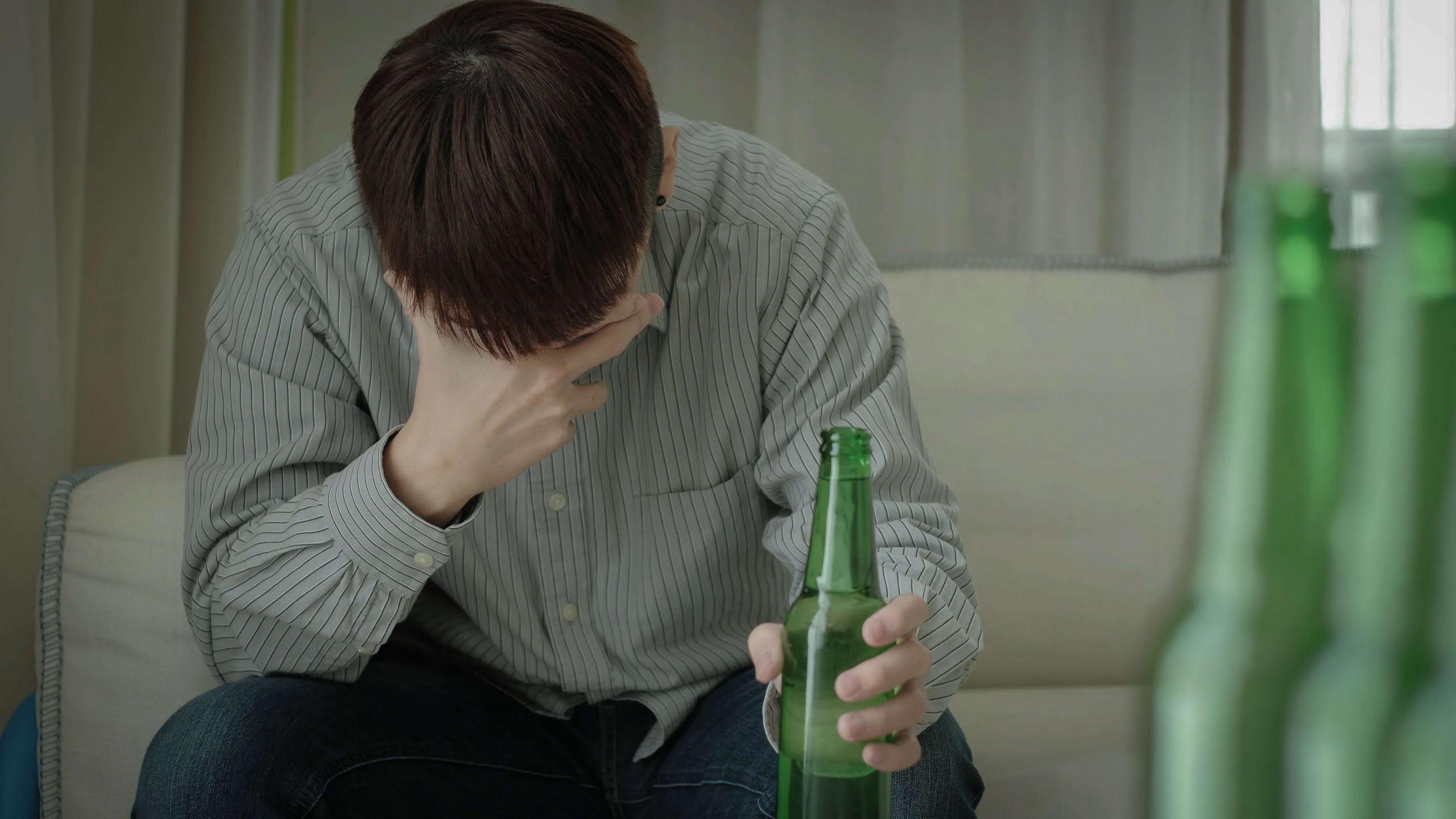Addiction doesn’t just affect individuals; addiction is a family affliction. The uncertainty of a person’s behavior tests family bonds, Sober living house creates considerable shame, and give rise to great amounts of anxiety. Because families are interactive systems, everyone is affected, usually in ways they are not even aware of. When a person goes into treatment, it isn’t just a case of fixing the problem person.
Social connections through shared interests
Keeping commitments, such as attending therapy sessions and being active in support groups, reinforces accountability in your recovery journey. Recovering from addiction is a profound journey that often leads individuals to reevaluate their core beliefs, interests, and aspirations. Engaging in active self-exploration helps uncover one’s values and passions, which are vital for building a meaningful life beyond substance use.
The Connection Between Luxury Rehab and Long-Term Sobriety Success
Stress management techniques like mindfulness rebuilding your life after addiction meditation, deep breathing exercises, and journaling can significantly reduce anxiety and improve emotional stability. These practices help individuals stay present and lessen the likelihood of relapse triggered by emotional distress. A balanced diet rich in fruits, vegetables, nuts, and oily fish supports brain health and naturally boosts dopamine levels. Avoiding processed sugary foods and focusing on nutrient-dense meals helps stabilize mood and energy levels. Practicing gratitude shifts focus from what is missing or negative to appreciating what is present. This mindset fosters positivity, resilience, and hope—all vital for emotional healing and long-term recovery.

That means sitting with discomfort, being okay with not having all the answers, and trusting that with time, things will get clearer. Whatever your goals, it’s the struggle to get there that’s most rewarding. It’s almost as if life itself is inviting us to embrace difficulty—not as punishment but as a design feature. Discover what the science says about how they can enhance care and improve outcomes.
Coping with the Need for Pain Management in the Face of Addiction
Rebuilding your life after rehab involves setting small, achievable goals. Start by focusing on immediate, short-term goals, such as attending counseling sessions or staying sober for a specific period. Once these are achieved, work towards longer-term goals, such as finding meaningful employment, repairing relationships, or pursuing a new passion.
They’ve gotten used to viewing you as a substance abuser and will continue to think of you that way unless you can show them differently. One of the best ways to find purpose is to explore new interests and reconnect with old passions that may have been lost during addiction. Having a purpose gives you something to strive for every day, making it easier to maintain sobriety. Supporting someone with addiction while avoiding enabling behaviors requires a careful approach.
Step 5: Leave Old Friends Behind
So, after establishing that you must avoid further drug use, what else is there left to do? Another thing to be careful of is to avoid replacing one addiction with another. Additionally, you should avoid performing dangerous activities in an attempt to recreate the rush of adrenaline that comes from using drugs. We will come back to discussing what you can do to stay drug free and find success in life. First, let’s cover a few things that you may want to avoid so that you will have the best chance for good health and long-term sobriety. As a luxury dual diagnosis treatment center, Wish Recovery understands that success in recovery means being intentional each day to make constructive choices.

Whether it’s hiking, swimming, yoga, cycling, pilates, joining a gym, or a team sport, exercise can take things to a whole other level. Mindfulness techniques allow individuals to ground themselves in the present, reducing anxiety and stress. Cognitive-behavioral strategies, on the other hand, help in identifying negative thought patterns that could lead to cravings or emotional disturbances.
How To Rebuild Your Life After Addiction (One Area at a Time)
In one study, two-thirds of the adults relapsed in social situations in which they experienced urges and temptations to drink or use. One third experienced relapses when they were experiencing negative emotions and urges to drink/use. By contrast, most adolescents relapsed in social settings when they were trying to enhance a positive emotional state. A small group of adolescents relapsed when facing interpersonal difficulties accompanied by negative emotions and social pressures to drink or use. Treatment and education can help adults learn techniques for handling urges and ways of accepting and managing negative emotions. Treatment and information aimed at adolescents can help them learn techniques for managing both positive and negative emotional states.
- They can guide you towards community-based organizations that help individuals thrive post-addiction.
- So if, for a second, you think you’ll be done with your emotions, cravings, or efforts to get healthy, think again.
- Instead, focus on one area of growth at a time—whether that’s your physical health, finances, or repairing bonds with family members.
- Other research pinpoints the values of cognitive behavioral therapy for relapse prevention, as it helps people change negative thinking patterns and develop good coping skills.
- Begin developing a healthy lifestyle that supports your body, mind, and spirit.
It fosters a sense of normalcy, boosts emotional well-being, and helps you stay on the path to a healthy, substance-free life. Peer support networks and community involvement provide social connectivity and shared understanding, combating feelings of isolation common in recovery. Supporting sustained recovery and personal growth involves embracing certain core principles and utilizing practical tools.
As you can see, there are a variety of alternative addictions and unhealthy practices that people overcoming addictions find themselves caught up in. Knowing about these risks can help you to be aware and make educated decisions. Then, you should have support from professionals, including your doctor, group therapy, and possibly a psychologist or counselor. There are government funded programs available in many regions of the US that provide group support, education, and even free nicotine gum or patches. Your doctor may prescribe medication to make quitting cigarettes easier.
Engaging in activities such as painting, playing instruments, sports, or volunteering offers emotional fulfillment and helps fill the void left by substance use. By integrating these strategies into your routine, you will be better equipped to balance life’s demands while nurturing your recovery journey. Services like SAMHSA’s National Helpline can connect you with vital information and local treatment facilities.
